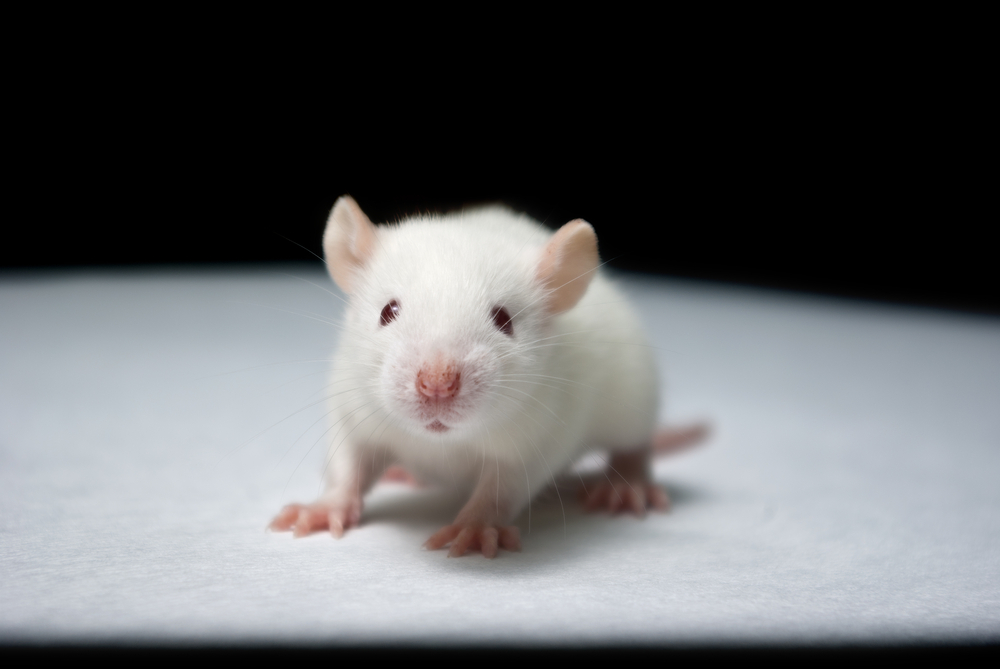High Levels of Protein, Gremlin-1, Linked to Fibrosis in IPF Mouse Model
Written by |

High levels of gremlin-1, a protein important in lung and other organ development, promoted a more aggressive fibrotic response in a mouse model of idiopathic pulmonary fibrosis (IPF) upon exposure to silica, suggesting gremlin-1 as a potential target for IPF therapeutics.
The study “Gremlin-1 Overexpression in Mouse Lung Reduces Silica-Induced Lymphocyte Recruitment – A Link to Idiopathic Pulmonary Fibrosis through Negative Correlation with CXCL10 Chemokine,” was published in the open access journal PLOS One.
Gremlin-1 is a protein involved in kidney and lung branching morphogenesis and in bone development, belonging to a class of proteins known as bone morphogenetic protein (BMP) inhibitors. High levels of gremlin-1 have been linked to several diseases, including IPF. In fact, high levels of gremlin-1 are found in the lungs of IPF patients, and are associated with progressive fibrosis both in human and mouse lungs. Gremlin-1 overexpression correlates with poor pulmonary function tests.
Researchers investigated the role of gremlin-1 in a specific population of lung cells, called type II lung epithelial cells, in order to understand how gremlin-1 affects adult lung homeostasis and injury responses. The team created a transgenic mouse carrying high levels of gremlin-1 specifically in type II epithelial cells.
First, researchers observed that the gremlin-1 transgenic mice were viable and showed no signs of respiratory insufficiency. This indicates that neither the procedure to generate these transgenic mice, nor epithelial gremlin-1 overexpression, altered mice lung physiology.
Next, to understand in a broad manner how overexpression of gremlin-1 altered gene expression in the lungs, researchers undertook a microarray analysis, i.e., they looked at the gene expression of all genes in the lungs and detected only few alterations in the transgenic mice.
When exposed to silicon dioxide (silica), a fibrosis-inducing particulate matter, control mice developed an inflammatory response and a progressive patchy lung fibrosis, similar to the response seen in human IPF patients. In the transgenic mice, exposure to silicon dioxide resulted in reduced amounts of lymphocyte (immune cells) aggregates, but no changes in the fibrotic response were observed.
In agreement with a reduced number of lymphocyte aggregates in transgenic lungs, microarray analysis showed a clear decrease in the expression of several inflammatory genes (both in lungs and bronchoalveolar lavage fluid). Moreover, reduced inflammatory responses were matched by a decrease in the expression of anti-fibrotic chemokine CXCL10, previously linked to IPF. Researchers detected the same negative correlation between the expression levels of gremlin-1 and CXCL10 in human IPF patient samples.
Results showed that high levels of gremlin-1 results in lower-than-usual levels of both inflammatory cell recruitment and anti-fibrotic chemokine production in the lung, promoting fibrosis and suggesting that gremlin-1 is a potential target for therapeutic intervention.






